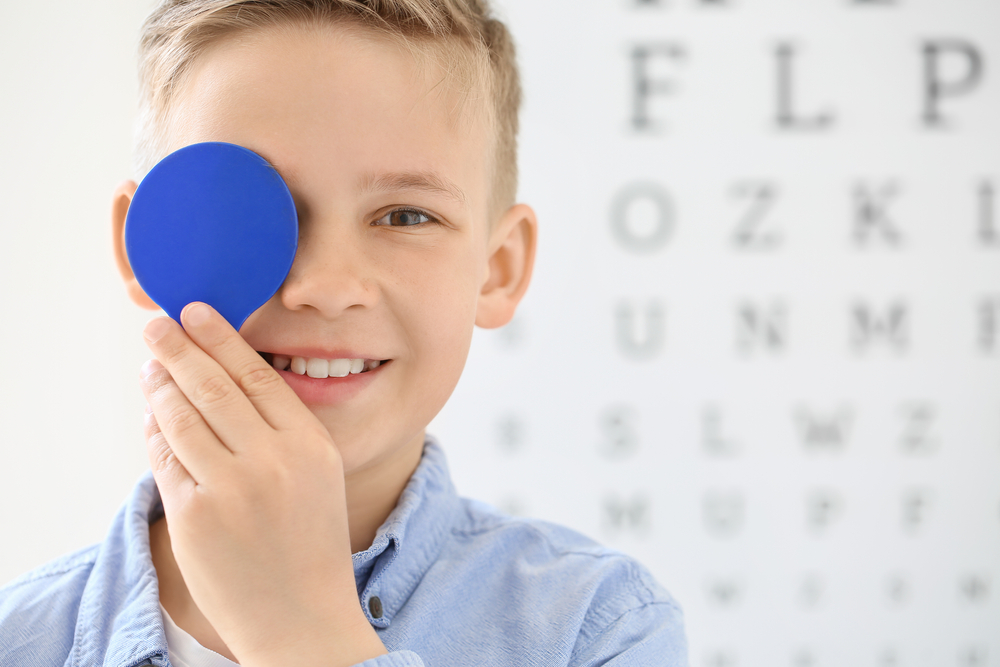
Myopia, or nearsightedness, is an eye disease that can affect both adults and children. However, it is becoming more and more common in children nowadays. One in two people has myopia, meaning 50% of the global population is affected by this disease.
Understanding Myopia
If you have myopia, your cornea is too steeply curved. This means your eye is longer than usual from the front to the back. As a result, far objects appear blurry. Myopia increases your risk of developing other eye problems later in life, such as retinal detachment, glaucoma, and cataracts.
Nearsightedness can be corrected with glasses, contacts, or surgery, but not always. Your eye doctor will first examine your eyes to determine your eye health and if it is possible for you to wear corrective lenses. There’s evidence that wearing special glasses or contact lenses can slow the progress of myopia by 40% to 60%.
If a child’s parent is nearsighted, they are more likely to develop the disease as well. However, there’s also an alarming rate of myopia in children. It is not proven yet, but it’s possibly due to activities like reading books, playing video games, or doing computer work.
Myopia starts during childhood and then gets worse in the teenage years. It will begin stabilizing when the child reaches their early twenties. You can recognize if your child is nearsighted through the following symptoms:
Blurry vision
Frequent squinting
Frequent headaches
Frequent eye rubbing
How to Prevent Myopia in Children
Besides treatment, researchers have been looking at ways to prevent the disease. Some of the preventative measures are as follows:
Specialized Contact Lenses
Specialized multifocal contact lenses can prevent myopia by blurring a child’s side vision, allowing for slow eye growth. Besides multifocal contacts, there’s also orthokeratology or Ortho-K. It’s a contact lens treatment worn overnight to reshape the cornea and improve blurry vision.
Low-Dose Atropine Eye Drops
Small amounts of atropine eye drops given to children for two to three years can slow the progression of myopia. They paralyze the focusing muscle of the eye temporarily. This way, the eye doesn’t lengthen too much, which means myopia doesn’t worsen.
Spending More Time Outside
Besides genetics, environmental and lifestyle factors also trigger myopia in children. As mentioned, prolonged use of mobile devices and staying indoors too long can indirectly cause nearsightedness. Balancing time between indoors and outdoors may help protect your child’s vision.
If you think your child has myopia, discuss it with your pediatrician the soonest. Your child will undergo a vision screening to help the doctor determine the next steps. You’ll also need to meet with an eye doctor for further eye exams.
Learn more about pediatric myopia control by visiting Primary Vision Care in Ohio. To schedule an appointment, call (740) 299-1155 for our Newark clinic, (740) 654-9909 for our Lancaster clinic, (740) 393-6010 for our Mount Vernon clinic, (937) 382-4933 for our Wilmington clinic, and (513) 897-2211 for our Waynesville clinic.








